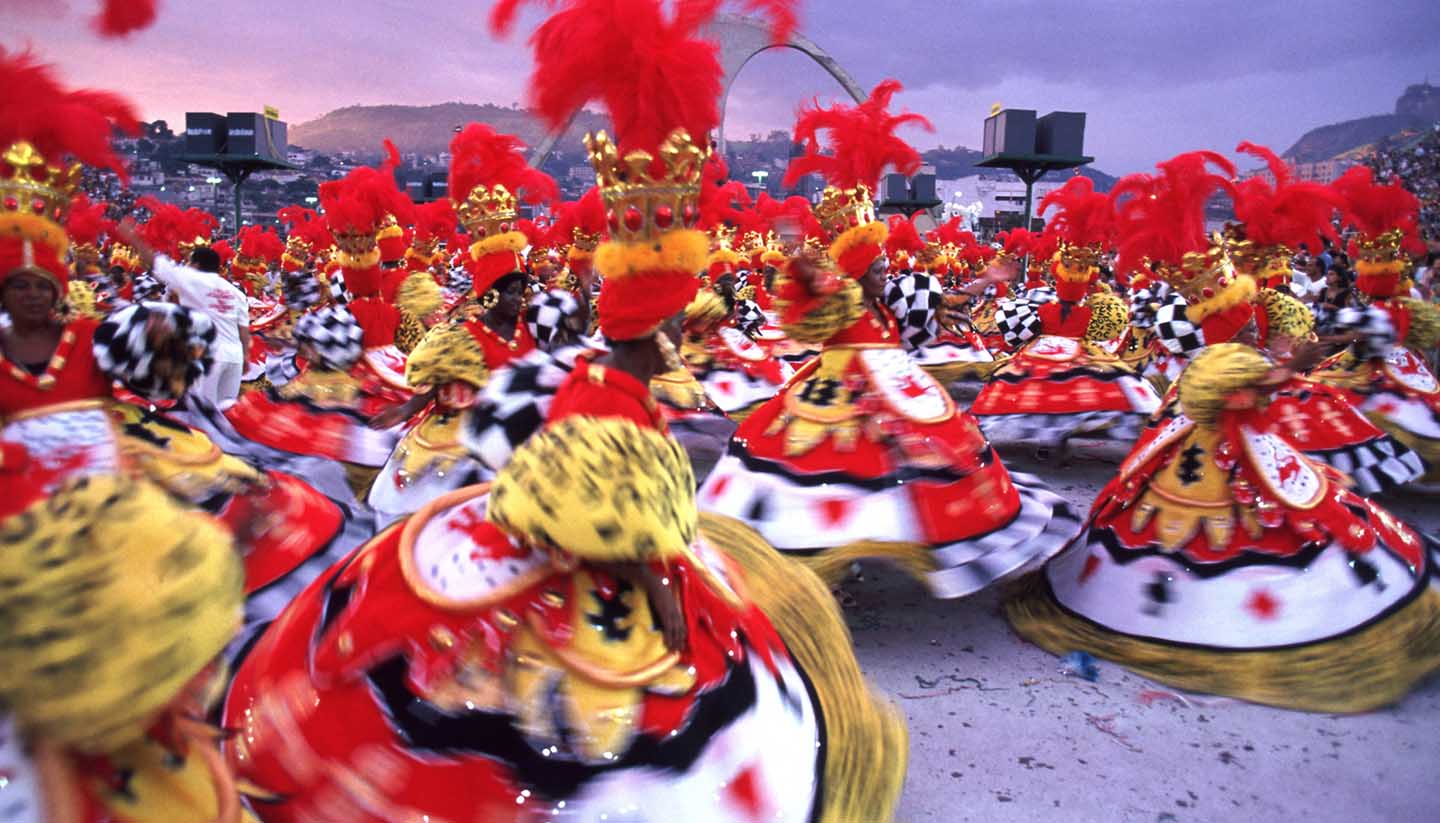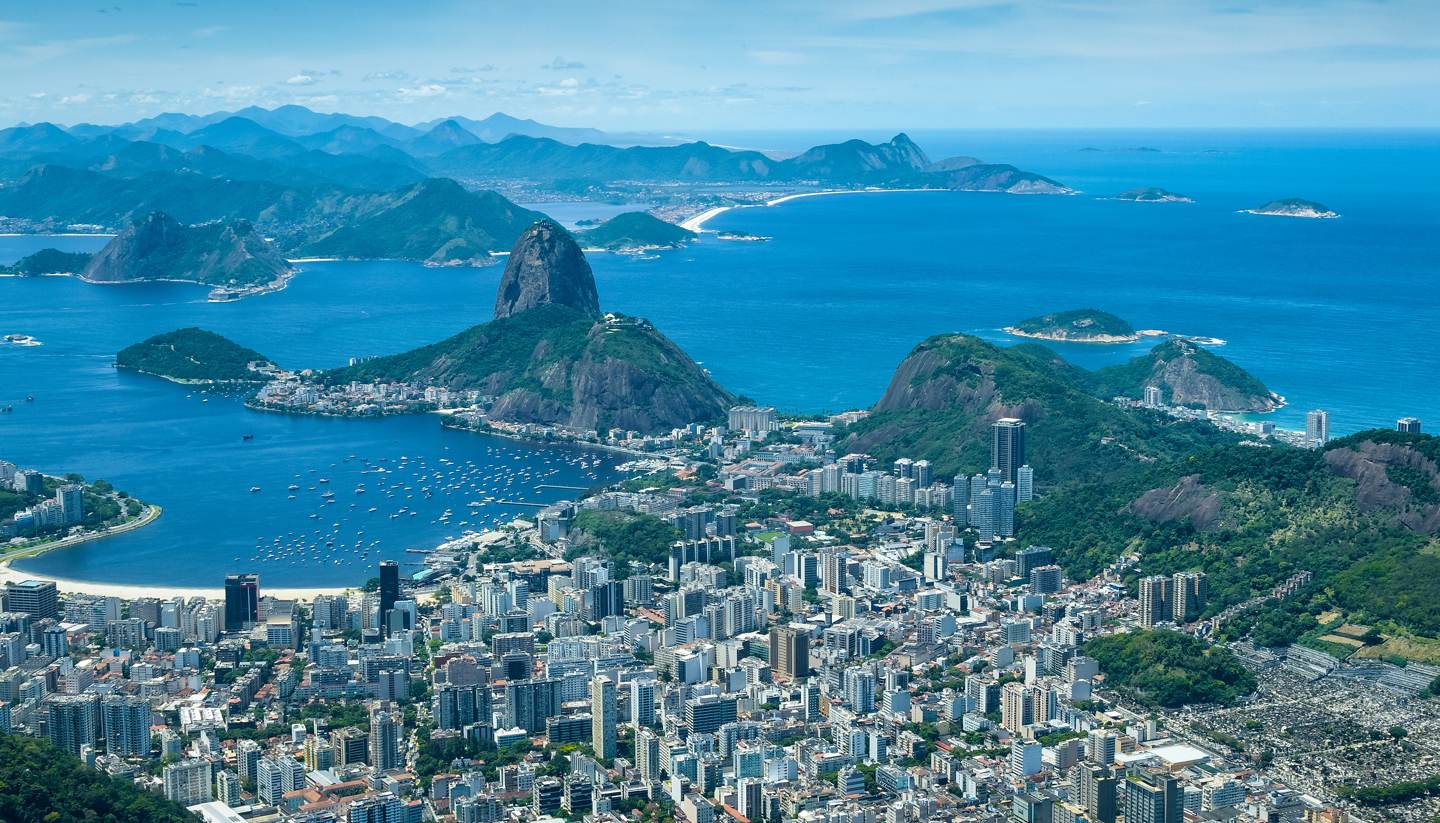Rio de Janeiro History
Rio has got it all: the latitude of the tropics, the swing of Africa and the European flavour of half a century of mix and match with the Old World.
After clapping eyes on the natural port of the Baía de Guanabara (Guanabara Bay), Rio was settled by the Portuguese in 1502, and founded in 1565.
French and Portuguese expeditions fought over Rio for until 1567, when the Portuguese governor, Mem de Sá, expelled the French.
More settlers arrived from Portugal and they gradually integrated with the indigenous people. Over the next 200 years, Rio developed as a major port, fighting off successive military incursions from French and other European invaders.
By 1769, when it took over from Salvador as the Brazilian capital, Rio had 50,000 inhabitants. The coffee boom brought great wealth to the city, with huge plantations spreading deep into Rio state.
Fleeing the Napoleonic wars in Europe, the Portuguese royal family moved to Rio in 1808, triggering the transformation of a simple colony into the capital of the Brazilian Empire.
Important new institutions were founded, the Brazilian railway was inaugurated here in 1858, and the first steamship service crossed the bay to Niterói in 1862.
By 1920, Rio had 1 million inhabitants; and yet more came in the 1930s and 40s. Rio lost its status as Brazilian capital to Brasilia in 1960, and was surpassed as the biggest city in Brazil by its arch rival, São Paulo.
When tourism began to boom in the 1920s however, Rio blossomed as one of the world's favourite holiday destinations.
Rio’s future clout on the world economic stage is sealed as a shining metropolis of Brazil, a member of the BRIC gang of four. And post the drama of the 2014 FIFA World Cup and 2016 Olympic Games, Rio is enjoying its newfound status as major global player.
Did you know?
• Sailing into Guanabara Bay in January, Portuguese navigators named the city Rio de Janeiro (January River), mistakenly thinking it was an enormous river mouth.
• The Christ the Redeemer statue is the largest art deco statue in the world.
• Rod Stewart played to an estimated 3.5 million people on Copacabana beach in 1994, one of the largest concert audiences ever witnessed.



